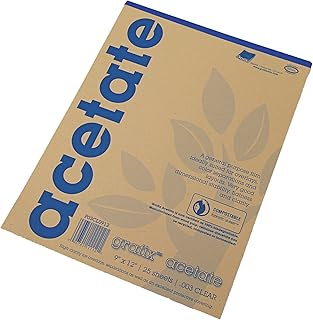Summary of "Engineering Chemistry #beupatna , Polymer and Plastics Introduction, L-01 #ChemRankers"
Summary of “Engineering Chemistry #beupatna, Polymer and Plastics Introduction, L-01 #ChemRankers”
Main Ideas and Concepts
1. Introduction to Polymers and Plastics
Polymers are large molecules made by repeating smaller units called monomers. Plastics are applications of polymers. The word “polymer” is derived from Greek: “poly” means many, and “mer” means parts or units. Monomers are single units that chemically bond to form polymers.
2. Definition of Polymer
A polymer is a large molecule formed by the repeated bonding of many smaller units (monomers). Monomers link through chemical reactions to form long chains.
3. Types of Polymers Based on Origin
-
Natural Polymers: Occur naturally without human intervention. Examples: Natural rubber (isoprene units), cellulose (from plants), proteins (from animals, monomer: amino acids), starch.
-
Semi-Synthetic Polymers: Chemically modified natural polymers. Examples: Rayon, cellulose acetate. Made by treating natural cellulose with chemicals like NaOH, acetic acid, sulfuric acid, etc.
-
Synthetic Polymers: Man-made polymers synthesized from monomers in labs or industries. Examples: Polyethylene (polythene), polyvinyl chloride (PVC), polystyrene, nylon, Bakelite, Teflon.
4. Classification of Polymers
Polymers can be classified based on various criteria:
-
Based on Origin: Natural, Semi-synthetic, Synthetic.
-
Based on Structure:
- Linear Polymers: Monomer units connected in a straight chain; closely packed, high density, strong intermolecular forces, high tensile strength.
- Branched Polymers: Side chains attached to main chain; less dense packing, lower density and tensile strength than linear.
- Cross-linked Polymers: Chains interconnected by covalent bonds forming a rigid 3D network; hard, brittle, insoluble, and heat resistant.
-
Based on Polymerization Mechanism:
- Addition Polymerization: Monomers with double/triple bonds add without loss of small molecules; chain growth polymerization. Examples: Polyethylene, PVC, polystyrene.
- Condensation Polymerization: Polymerization with elimination of small molecules like water or HCl; stepwise growth polymerization.
-
Based on Intermolecular Forces / Physical Properties:
- Elastomers: Polymers with elasticity; can stretch and return to original shape (e.g., natural rubber, synthetic rubber). Characterized by weak van der Waals forces and some cross-linking.
- Fibers: Polymers with strong intermolecular forces (hydrogen bonding, dipole interactions), aligned chains, high tensile strength, crystalline, high melting points. Example: Nylon 66 (Dacron).
- Thermoplastics: Soften on heating and can be remolded/recycled; moderate intermolecular forces. Examples: Polyethylene, PVC, polystyrene.
- Thermosetting Polymers: Harden permanently on heating due to covalent cross-links; cannot be remolded. Hard, brittle, heat resistant, irreversible. Example: Bakelite.
5. Examples to Remember
- Natural: Natural rubber, cellulose, proteins, starch.
- Synthetic: Polyethylene, PVC, polystyrene, nylon, Bakelite.
- Semi-synthetic: Rayon, cellulose acetate.
Methodology for Semi-Synthetic Polymers
To Make Rayon (Semi-Synthetic Polymer)
- Treat natural cellulose (from wood pulp or cotton) with NaOH.
- Treat the resultant with CH₂ (form viscous solution soluble in NaOH).
- Pass this viscous solution under high pressure into an acid bath.
- Fibers form, called regenerated cellulose fibers or Rayon.
To Make Cellulose Acetate
- Treat natural cellulose with acetic acid or acetic anhydride.
- Use sulfuric acid as a catalyst.
- Spin, dry, and evaporate solvent to get cellulose acetate fibers.
Speakers / Sources Featured
- Dr. Neha — Primary lecturer and speaker throughout the video.
This summary captures the essential concepts, definitions, classifications, and examples presented in the lecture on polymers and plastics.
Category
Educational
Share this summary
Featured Products




